Jose L. Agraz, PhD
para-Hydrogen Induced Polarization (PHIP)PHIP : Conclusions
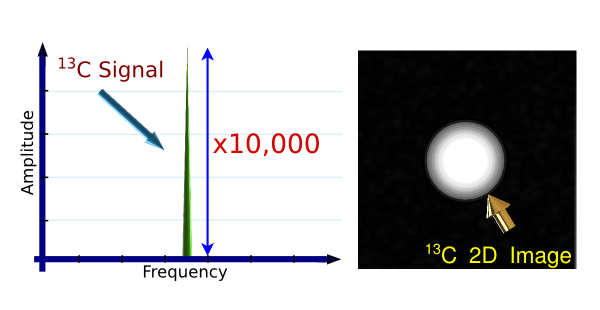
Conclusions
The use of LabVIEW to control PHIP instrumentation has strong potential for
aiding in the maximum polarization levels of different metabolites with high
reliability and at an affordable price. In addition, the use of LabVIEW for the
automation of metabolite hyperpolarization improves the instrument accuracy,
shortens development time, and decreases hardware costs. The operational test
shows that the LabVIEW-based hyperpolarization instrumentation system is stable
and reliable, crucial aspects for metabolite hyperpolarization.
We have modeled and implemented a VCCS for the generation of precision Bo in
PHIP instrumentation. The design shows a much lower i n and i D and a 100%
increase in HEP polarization compared to previous methods of B o generation.
The VCCS model, confirmed by experimental results with a 0.02% correlation at
0Hz, shows that i n and i D are principally dependent on the control of current
flow. Because of the reduction in i n and i D , we were able to achieve higher levels
of polarization. Specifically, for 10mM of HEA, 2mM of catalyst solution, and
the Goldman RF sequence, the HEP polarization increased an average of 115%,
with a minimum at 20% & a maximum of 152% from using a VCCS. Although,
the measured noise is much greater than in integrated circuits (IC) for low current
application, the VCCS design shows very low noise levels at high currents
(1Amp). Also, the VCCS design has the capabilities of handling much larger currents
with minimum design changes at virtually the same noise levels measured
here. Further design improvement, such design simplicity, could come from
redesigning the circuit using TF with negative feedback and lower noise levels and
drift may be achieved by using digital control. We have presented the results
for the implementation of a VCCS for doubling the hyperpolarization of endogenous
substances, more specifically, HEP. We deduced that the use of an ultra low
noise, high stability voltage reference driving a current sink generates a stable Io
to 15ppm, resulting in a stable B o for the hyperpolarization of HEP. This has led
us to propose a new definition for the generation of a precision B o for hyperpolarization
applications. This new approach is fundamentally different from the
traditional generation of B o using VCVS devices, which does not control the flow
of current.
We have calculated the TF’s solutions and examined the circuit stability.
Although the circuit is stable for 0Hz (where the circuit usually performs), the
stability of the current sink section in the circuit begins to decreases at higher
frequencies, thus the negative poles. More specifically, the instability resides at
380KHz with a 200KHz bandwidth and a peak gain of 2. Because of the dominant pole at
49 Hz, this characteristic should only affect in & iD at a minimum
beyond thermal and 1/f noise frequencies (≤1KHz). Our definition of precision Bo
generation suggests new approaches worth exploring, and more detail of circuitry
optimization using TFs, board layout, & measurements on the VCCS’ thermal and
1/f noise could be particularly rewarding. For example, minimizing the amount
of poles and including negative feedback will produce a more efficient circuit with
less components and a lower in & iD . Most importantly, the circuit will be more
immune to external influences such as electrical noise and temperature changes.

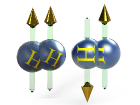 Introduction
Introduction
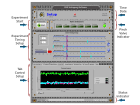 Software
Software
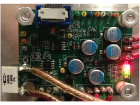 Bo Control
Bo Control
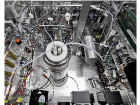 Bo Noise
Bo Noise
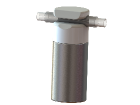 Pinch Valves
Pinch Valves
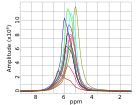 Conclusions
Conclusions
Feb 14th, 2015 at 5:09 pm